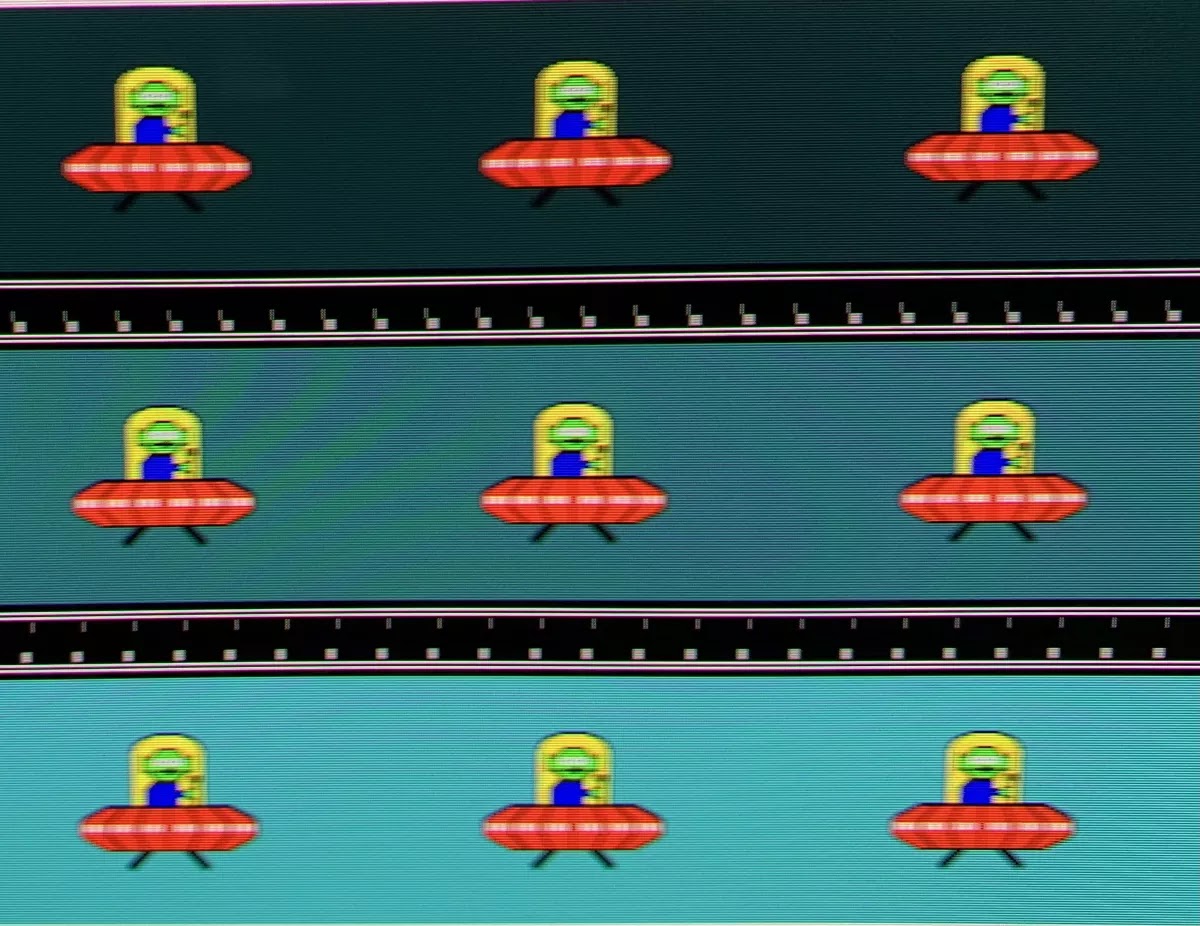Is that this where it all starts offevolved? Is the brand new alienware 34 aw3423dw qd-oled the gaming display that sparks an oled revolution at the laptop? The only we’ve been waiting years for? Please, please, let it's so. As you’ll see, this screen isn’t ideal. However it is dramatically better than any lcd-based reveal with the aid of numerous gaming-critical metrics. And it’s a actual thrill to use. Of direction, that’s getting ahead of ourselves. First, we want to cover off the basics. By way of many measures, this isn’t absolutely an intensive show. The 34-inch 21:nine proportions, the gentle 1800r curve and the 3,440 by way of 1,440 local resolution are all especially ordinary within the present day gaming screen marketplace.
Ditto the 175hz refresh rate. It’s no slouch, this new oled panel, however there are liquid crystal display monitors with a lot better refresh charges available for far much less coins. Ah yes, the sordid count number of cash. The aw3423dw weighs in at $1,299 in the us (uk pricing hasn’t landed yet). Relying on the way you slice it, that’s both a tonne of coins for a gaming monitor or exceptionally reasonable for something at the leading edge of recent generation. In the end, this is the first actual computer gaming panel based totally on oled era. And now not simply any antique oled package. Many oled tvs, which include the lg sets that have turn out to be so popular among game enthusiasts, use wrgb subpixel substructure to boost brightness on the fee of diluting colour saturation. Wrgb can also be complex for laptop applications that count on an rgb subpixel shape for fine control of rendering, inclusive of for fonts. That hassle isn’t definitely relevant for gaming. But the backside line is that wrgb oled panels come with downsides.
This makes the brand-new Alienware even more exciting.In addition to being OLED, Samsung's hottest new QD-LED technology combines the ideal RGB subpixel structure with quantum dot technology to produce a panel with even greater brightness and excellent color saturation.What is the end result?Although that brightness level can only be achieved on a small portion of the panel and not across the entire screen, Alienware claims an impressive 99.3% coverage of the difficult DCI-P3 color space.
Contrast and response are two significant advantages over LCD panels that are shared by all OLED technologies.Simply put, an OLED panel provides "true" black levels and nearly infinite contrast because each pixel is its own light source that can be completely disabled.To stop light from leaking through an LCD panel, there is no need for any of that complicated and troublesome local dimming.OLED is HDR at its best.
Also, OLED is much faster than LCD.How much depends on how things are measured.Grey-to-grey response times of approximately 1 millisecond are quoted for the most recent IPS monitors.However, that only measures a portion of the color transition.The entire change takes a lot more time.Alienware, on the other hand, rates this OLED panel at 0.1 milliseconds.And that is likely to be true for the entire transition.It moves at least twice as quickly.
Besides, if that’s a short refresher as to why this factor promises to be so right, what's it clearly like? First impressions are in reality disappointing. Fired up in sdr mode, the alienware 34 aw3423dw qd-oled looks a touch dull and dingy. What happened to that 1,000 nits declare? Then there’s the mediocre pixel density that comes as a consequence of the combination of 34-inch diagonal and 3,440 via 1,440 local decision. Oh the horror, is that this aspect a dud? Don’t panic. Not like liquid crystal display monitors with claimed hdr functionality, this oled display screen desires to be in hdr mode to do its thing. And that applies to sdr content material, too. Alienware has supplied hdr modes, hdr four hundred real black and hdr top a thousand. The latter permits that maximum 1,000 nit performance in small regions of the panel but clearly looks less colourful and punchy most of the time. Instead, it’s the hdr four hundred authentic black mode that commonly gives the first-class consequences. That consists of sdr content.
For sdr content to appearance its first-rate, you have to leap into the home windows display settings menu and crank the sdr brightness up, and then it’s plenty extra zingy all round. That’s sincerely accessible as it means that after you've got the aw3423dw installation nicely, you’re all finished. There’s no want to replace modes for sdr and hdr content. However allow’s get lower back to gaming. Boy, this is a special display. In response phrases, it’s awesome. Irrespective of how violently you tear your mouse across the mat, the whole thing on-display screen remains so crisp and clear and sharp. That splendid in-game response is backed up by way of test animations like testufo. We’ve in no way seen the little alien spacecraft appearance so blur-unfastened.











